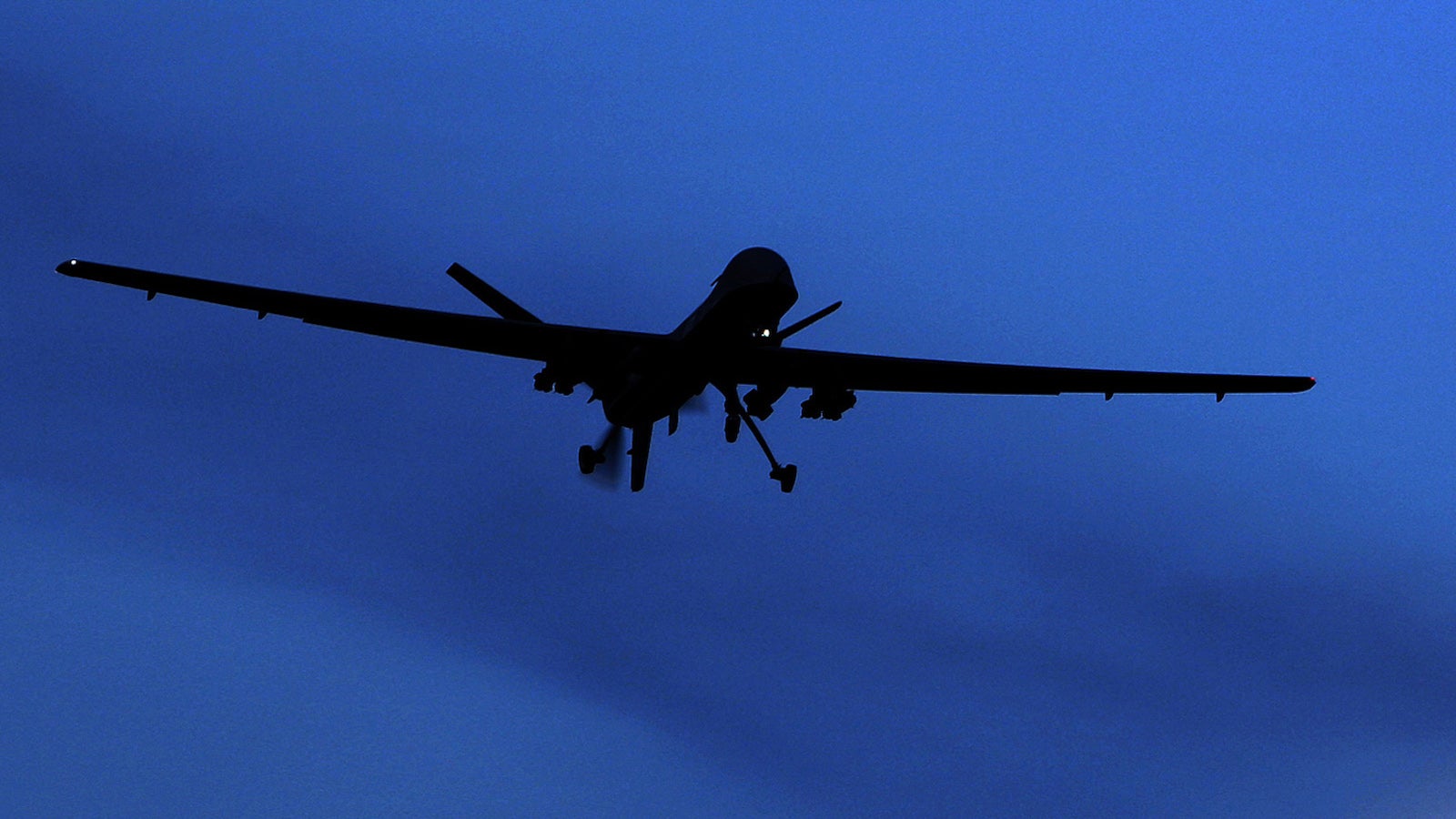A simple way to stop intelligence leaks: give Americans the lowdown on drones
The US government has once again been confronted with a serious breach of national security information. This time, an anonymous source passed along confidential documents about a drone program that up, until 2013, the Obama administration didn’t even acknowledge existed.


The US government has once again been confronted with a serious breach of national security information. This time, an anonymous source passed along confidential documents about a drone program that up, until 2013, the Obama administration didn’t even acknowledge existed.
The investigative report assembled by the online news outlet The Intercept is just as revealing as the Edward Snowden and Chelsea Manning disclosures of years past. But the fact that the classified documents provide the public with more information on the drone program is partly tainted by the illegal activity that the whistleblower chose to use to get that information out.
The report exposes a number of important aspects of the drone program. One is an extensive case study on a US mission code-named Operation Haymaker in northeastern Afghanistan. That mission, active from Sep. 2011 to at least Feb. 2013, netted 35 “jackpots”—people deliberately sought out by US counterterrorism professionals to be killed or captured. But documents also show that between Jan. 2012 and Jan. 2013, Operation Haymaker killed an additional 165 people who were not intended targets. “Anyone caught in the vicinity is guilty by association,” the source tells The Intercept.
Also noteworthy is how frequently the US opted to kill a specific target rather than detaining him for interrogation. From Jan. 1, 2012 to Feb. 28, 2013, only 4 out of 60 missions were designated as capture operations. US military officials expressed concerns that killing suspected terrorists hurt their ability to gather intelligence. “Kill operations significantly reduce the intel available from detainees and captured material,” one military study explains.
All eight reports are worth reading. But whether or not one believes that the ends justified the means, the fact remains that the intelligence official who handed these classified documents to reporters committed a crime.
From Manning and Snowden to this anonymous source, the intelligence community is increasingly confronting insiders who take it upon themselves to disclose highly classified information that they believe the American people should see. In a blink of an eye, a single person can unilaterally decide to release this information without any concern about US law.
The anonymous official’s motives for the leak are clear. He’s concluded that the US is engaging in assassination without clear and irrefutable evidence. He is upset about how the administration is misleading the American public about the facts and figures related to the drone program. (In a July 2011 speech, then-White House counterterrorism adviser John Brennan said that not a single civilian death had recorded in nearly a year of targeted killing via drones.) And the source is downright angry that the US, in his view, is pioneering a type of warfare that is far more indiscriminate than the Obama administration is leading people to believe.
“This outrageous explosion of watch-listing, of monitoring people and racking and stacking them on lists, assigning them numbers, assigning them ‘baseball cards,’ assigning them death sentences without notice, on a worldwide battlefield—it was, from the very first instance, wrong,” the source tells The Intercept’s Jeremy Scahill.
Whether or not one agrees with the source’s assessment, it is a good thing that issues related to government transparency, drones and targeted killing are back in the news. We now have a window of opportunity for a small but significant policy reform that would clear up some of the confusing and competing narratives around the drone program.
There is a legitimate argument to be made that the Obama administration has been far too reticent in discussion these issues with the American public. With the exception of a 2013 speech that President Obama delivered at the National Defense University and a white paper detailing when it is legally justifiable for the government to strike an American operative of al-Qaeda, the White House has barely spoken about drones to the American people.
Basic information—like how many terrorists have been killed, how many drone strikes have been conducted, how much the drone program costs the American taxpayer, and how many civilians have been killed or injured in the process—can and should be public knowledge.
Some members of Congress have already tried to make this information public (once in 2013 and once in 2014). But they have either been scrapped or have stalled in the House Intelligence Committee. There is no plausible reason why the administration cannot release this type of information unilaterally, all while ensuring that sources and methods that could complicate future operations or result in physical harm to an agency source is protected.
For some people, anything short of dismantling the targeted killing is an embarrassing stain on the American conscience. But declassifying the most basic numbers from drone strikes would at least provide the public with some degree of knowledge about a counterterrorism program that they have been paying for since the first drone attack occurred in Afghanistan in 2001. And this step toward greater transparency may fuel debates that will make the US government more accountable to the public, lessening the risk that future officials will feel compelled to reach out to reporters.